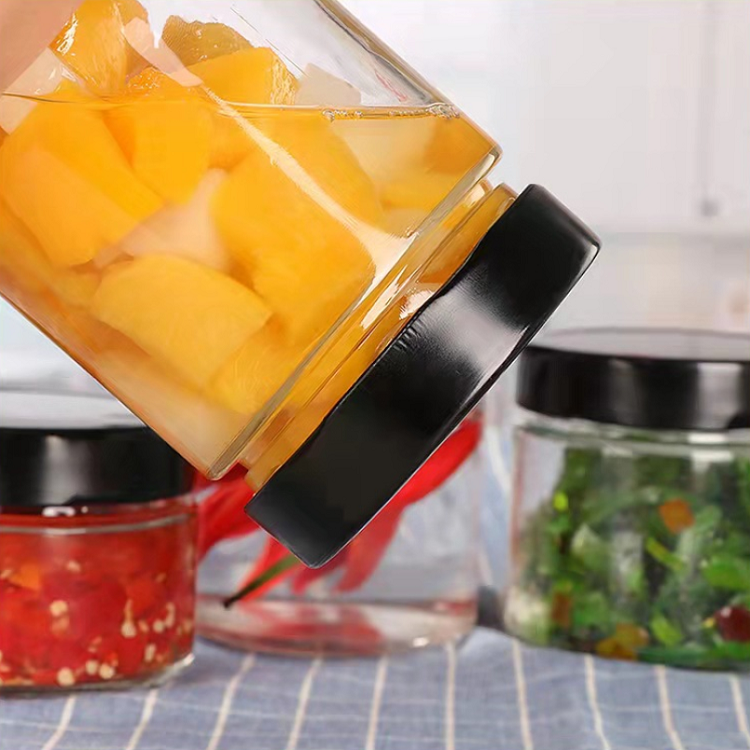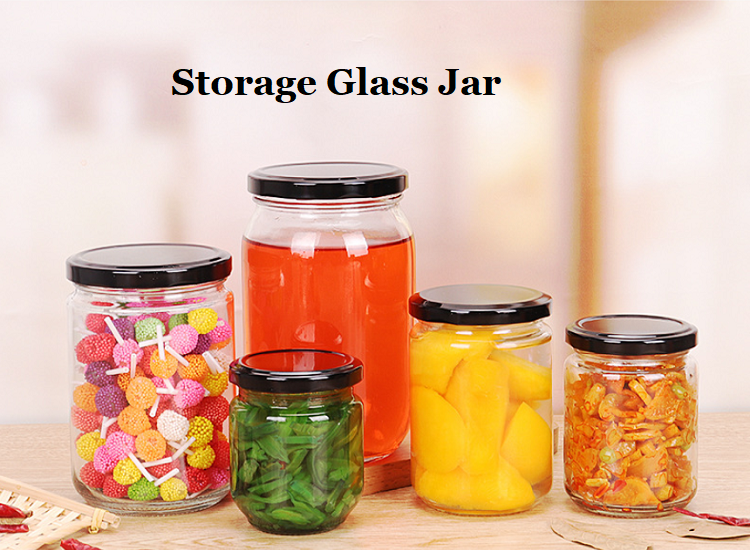How are glass cans sealed?
12-05-2023
After cleaning the glass bottle, loading the material into the bottle, and performing a series of operations, we enter the sealing process. At this point, we cannot seal it all at once. We need to go through the pre sealing process, which means that the bottle cap and the glass bottle are rolled into the bottom of the can hook by the roller in the sealing machine, so that the bottle cap and the bottle body are hooked together, but not too tight. It is best for us to pick up the bottle and rotate freely but not fall off. Why do we need pre sealing? One sentence is to isolate from the outside world, prevent pollution, and facilitate the exhaust inside the tank.

After pre sealing, it is the process of exhaust, which means that the air brought in between the top of the can and the materials during canning, as well as the air inside the raw material tissue cells, are as much as possible discharged from the can, so as to form a partial vacuum in the top gap of the sealed can. This job is very important in the process of canned food production, as it helps to maintain consistency and good vacuum in canned food, hindering microbial growth.

After the exhaust is completed, it is the final sealing process. Among them, the roll sealed glass bottle uses the roller of the sealing machine to press the edge of the lid tightly, making its gasket tightly combine with the protruding part in the bottle, thus achieving extremely strong sealing. Most old-fashioned canned goods use this method, which is difficult to open and sometimes can only be opened by breaking the bottle cap.

A screw on glass bottle is a sealing machine that tightly combines the glass bottle cap with the outer slanted protrusion of the glass bottle mouth, forming a seal between the gasket inside the cap and the bottle mouth. Due to vacuum, it has extremely strong sealing properties. Most cans nowadays are of this type. When we want to open a can, we just need to release the vacuum inside the can and then twist it back.








